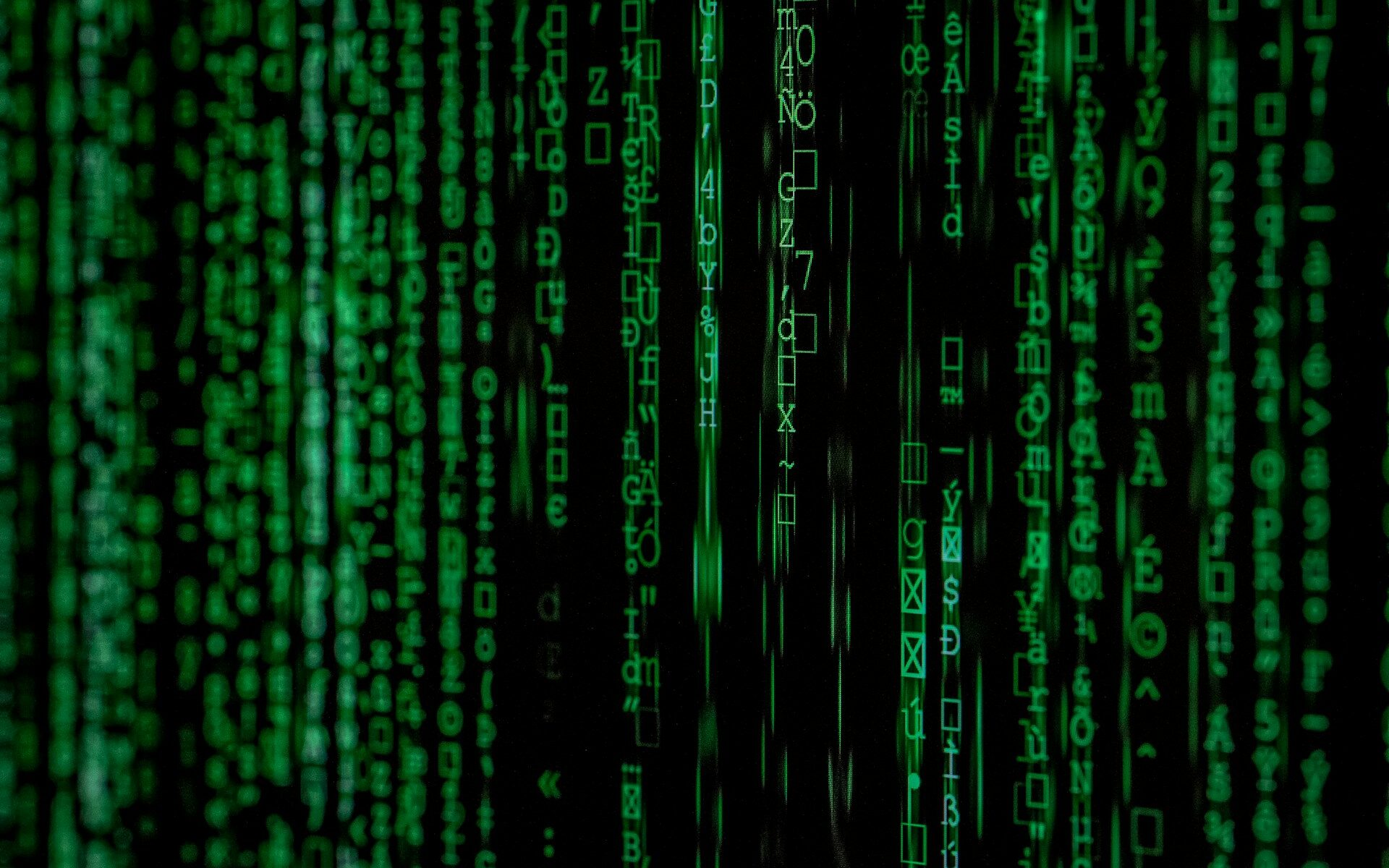In the realm of mathematics, logic serves as the backbone of reasoning and deduction. Among the fundamental tools in logic, truth tables stand out as a method to systematically analyze and determine the validity of logical statements. This article explores the essence of truth tables, guiding you through their construction, interpretation, and application in various mathematical contexts.
Understanding the Basics of Logic
Before diving into truth tables, it’s important to grasp the core concepts of logic. Logic deals with statements, which are declarative sentences that are either true or false, but not both. These statements can be combined using logical connectives to form more complex statements. The primary logical connectives are:
- Negation (¬): Reverses the truth value of a statement.
- Conjunction (∧): Represents ‘and’; the statement is true only if both operands are true.
- Disjunction (∨): Represents ‘or’; the statement is true if at least one operand is true.
- Implication (→): Represents ‘if…then’; the statement is false only when the first operand is true and the second is false.
- Biconditional (↔): Represents ‘if and only if’; the statement is true only when both operands have the same truth value.
Constructing Truth Tables: A Step-by-Step Guide
A truth table is a chart that displays all possible combinations of truth values for the input statements, along with the resulting truth value of the overall statement. Constructing a truth table involves the following steps:
- Identify Input Statements: Determine the basic statements involved in the logical expression.
- Create Columns for Each Statement: Assign a column to each input statement and the overall statement.
- List All Possible Truth Value Combinations: For ‘n’ input statements, there are 2^n possible combinations. Systematically list these combinations in the rows of the table.
- Evaluate the Overall Statement: Apply the logical connectives to determine the truth value of the overall statement for each combination of input values.
Interpreting Truth Tables
Truth tables provide insights into the behavior of logical statements. By examining the table, you can identify scenarios in which a statement is true or false. Key interpretations include:
- Tautology: A statement that is always true, regardless of the input values.
- Contradiction: A statement that is always false, regardless of the input values.
- Contingency: A statement that is sometimes true and sometimes false, depending on the input values.
Applications of Truth Tables in Mathematics
Truth tables find applications in various areas of mathematics and computer science. Some notable examples include:
- Validating Arguments: Truth tables can be used to determine whether an argument is valid or invalid. If the conclusion is true in every row where all the premises are true, then the argument is valid.
- Simplifying Logical Expressions: Truth tables can help simplify complex logical expressions by identifying equivalent statements.
- Designing Digital Circuits: In computer science, truth tables are used to design digital circuits that perform logical operations.
Examples of Truth Tables
Let’s consider some examples to illustrate the construction and interpretation of truth tables.
Example 1: Negation
Statement: ¬P (not P)
| P | ¬P || :—- | :—- || True | False || False | True |
Example 2: Conjunction
Statement: P ∧ Q (P and Q)
| P | Q | P ∧ Q || :—- | :—- | :—- || True | True | True || True | False | False || False | True | False || False | False | False |
Example 3: Implication
Statement: P → Q (If P, then Q)
| P | Q | P → Q || :—- | :—- | :—- || True | True | True || True | False | False || False | True | True || False | False | True |
Conclusion
Truth tables are indispensable tools in mathematics and logic, offering a systematic approach to analyze and validate logical arguments. By mastering the construction, interpretation, and application of truth tables, you gain a deeper understanding of the foundations of mathematical reasoning. Whether you’re proving theorems, simplifying expressions, or designing circuits, truth tables provide a solid framework for logical analysis.

